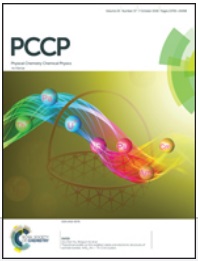We report on the preparation method of nanocrystalline titanium dioxide modified with platinum by using nanosecond laser ablation in liquid (LAL). Titania in the form of anatase crystals has been prepared in a two-stage process. Initially, irradiation by laser beam of a titanium metal plate fixed in a glass container filled with deionized water was conducted. After that, the ablation process was continued, with the use of a platinum target placed in a freshly obtained titania colloid. In this work, characterization of the obtained nanoparticles, based on spectroscopic techniques – Raman, X-ray photoelectron and UV-vis reflectance spectroscopy – is given. High resolution transmission electron microscopy was used to describe particle morphology. On the basis of photocatalytic studies we observed the rate of degradation process of methylene blue (MB) (a model organic pollution) in the presence of Pt modified titania in comparison to pure TiO2 – as a reference case. Physical and chemical mechanisms of the formation of platinum modified titania are also discussed here. Stable colloidal suspensions containing Pt modified titanium dioxide crystalline anatase particles show an almost perfect spherical shape with diameters ranging from 5 to 30 nm. The TiO2 nanoparticles decorated with platinum exhibit much higher (up to 30%) photocatalytic activity towards the degradation of MB under UV illumination than pure titania.

